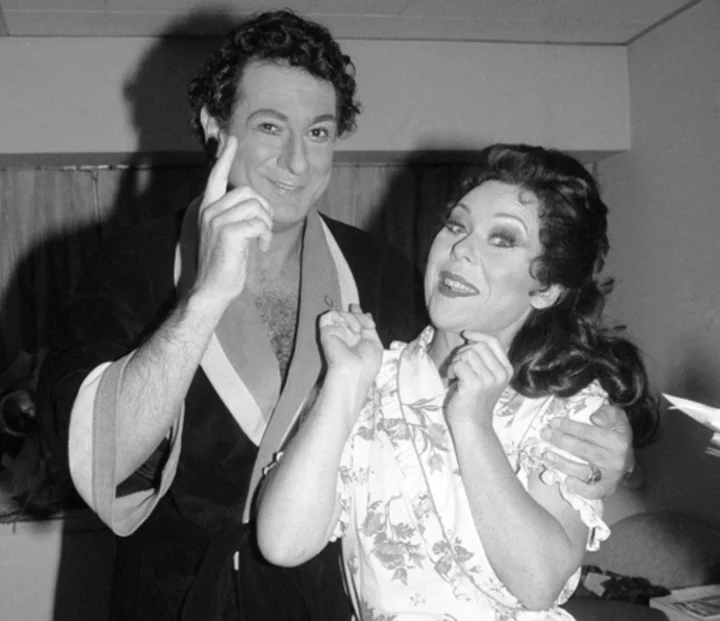
Renata Scotto, soprano of uncommon intensity, dies at 89
Soprano Renata Scott has died at age 89, Scotto’s New York-based manager, Robert Lombardo, said she died Wednesday in her hometown of Savona, Italy
2023-08-16 23:55

Klaasen sorry for 'pure emotion' of World Cup hundred celebration
South Africa's Heinrich Klaasen said "pure emotion" had got the better of him when he appeared to roar in the face of England fast bowler Mark Wood after completing a...
2023-10-22 00:58
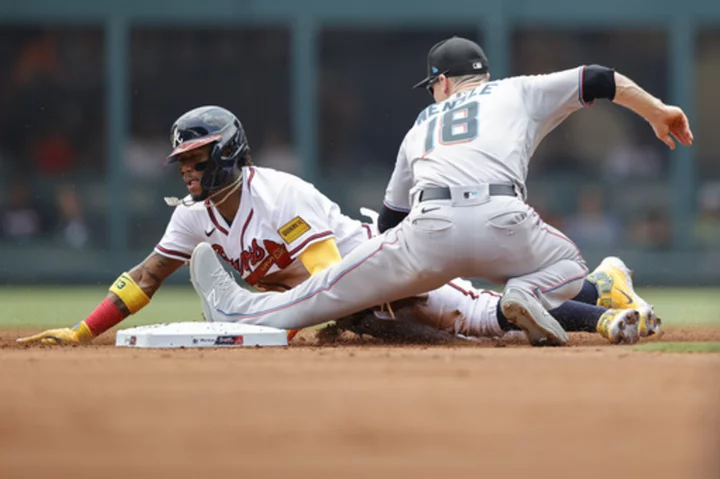
Albies' hits go-ahead 2-run HR as streaking Braves beat Marlins 6-3 to complete sweep
Ozzie Albies’ two-run homer in the fifth gave Atlanta the lead and the Braves overcame an early two-run deficit to beat the Miami Marlins 6-3 for their 16th win in 17 games
2023-07-03 04:25

Cancun, Mexico, will host the WTA Finals right before the Billie Jean King Cup Finals in Spain
The women’s tennis tour will hold the 2023 WTA Finals in Cancun, Mexico
2023-09-08 01:59
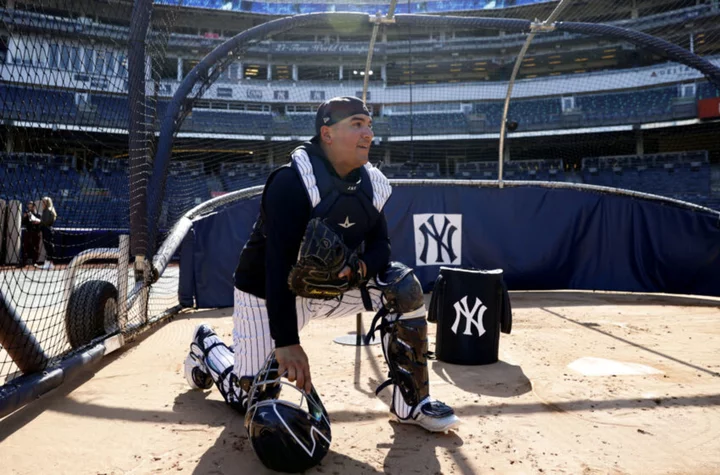
Yankees catcher has heartwarming response to viral HS baseball gaff
New York Yankees catcher Jose Trevino reached out to a heartbroken high school team to offer words of encouragement after a viral mistake.Jose Trevino and the New York Yankees are rolling right now. New York is the hottest team in baseball, chipping away at Baltimore and Tampa Bay's lead in...
2023-06-04 01:24
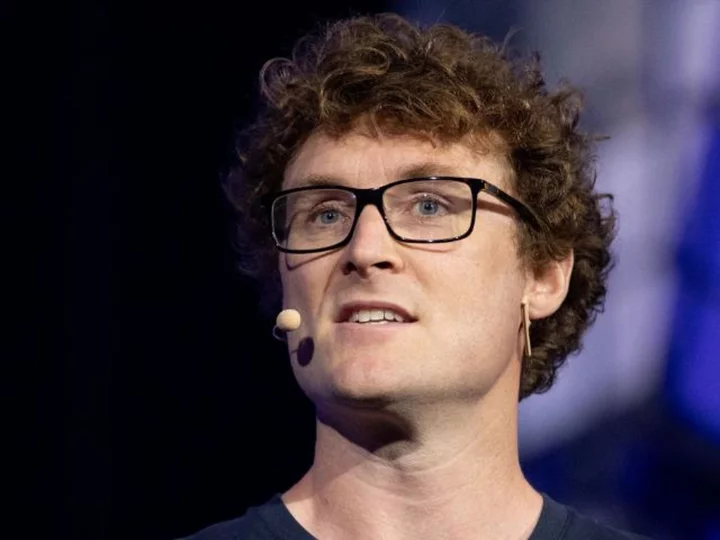
Web Summit CEO Paddy Cosgrave resigns after backlash to Israel-Hamas war comments
Paddy Cosgrave, the chief executive of Web Summit, stepped down Saturday after several Big Tech companies withdrew from the company's upcoming annual technology conference over his comments on the Israel-Hamas war.
2023-10-22 07:14

PETLIBRO Cutting-Edge Vacuum-Sealed Feeder for Optimal Pet Nutrition
SAN JOSE, Calif.--(BUSINESS WIRE)--Jun 13, 2023--
2023-06-13 23:01

Thai TikTokers make 'elephant pants'... cool?
An elegant Thai socialite poses in sunglasses, a designer handbag discreetly visible in the Instagram photo, her stylish outfit completed by a...
2023-11-08 11:15

Turkish Inflation Slows Again as Lira Slump Threatens Turnaround
Turkey had the smallest deceleration in consumer prices since a slowdown that began last November as one of
2023-07-05 15:16
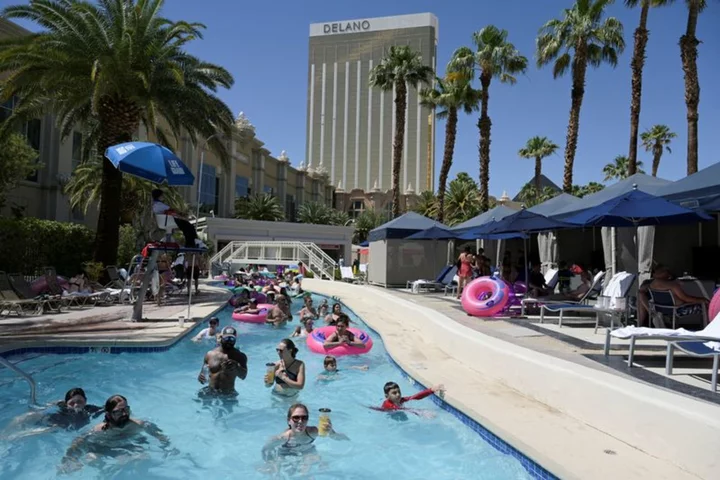
Hot core services summer could spoil the Fed's repose
By Howard Schneider WASHINGTON Hotel executives see no letup in demand even with the Federal Reserve trying to
2023-06-13 18:18

Who is Bree Owens Sullivan? Divorce attorney for ex-beauty queen Lindsay Shiver accused of murder plot against husband quits
Bree Owens Sullivan left Lindsay Shiver to find new representation in the midst of a bitter divorce and a murder conspiracy case
2023-10-14 04:53

Connections today: See hints and answers for September 21
Connections is the latest New York Times word game that's captured the public's attention. The
2023-09-21 10:00
You Might Like...
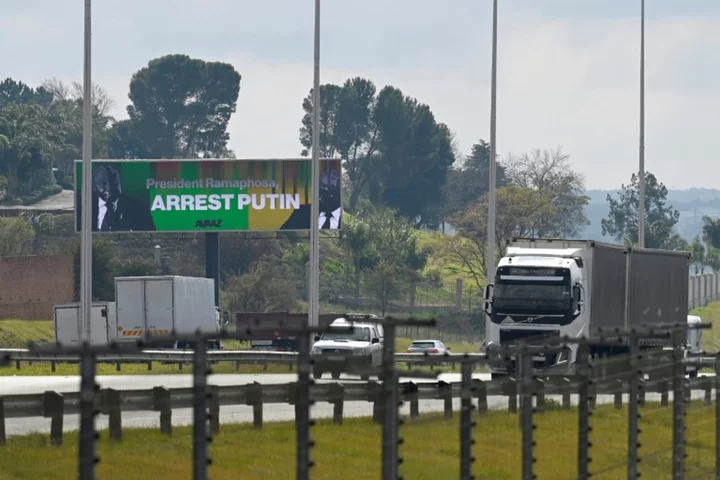
US backs concerns as lawmakers seek to punish S.Africa over Russia
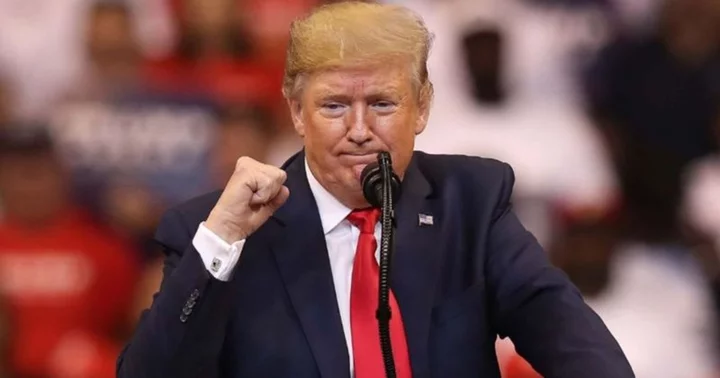
Trump booed with chants of 'lock him up' ahead of filing for New Hampshire primary but fans remain unphased

Smith sets sights on Dutch after stealing show on World Cup debut

How to watch the 2023 Vienna Open online for free
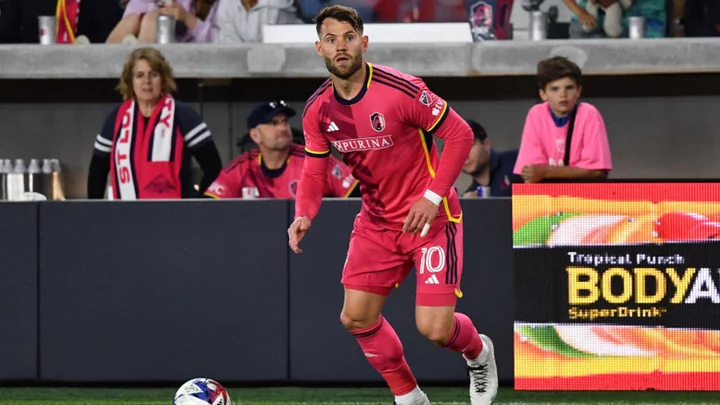
The best goals of MLS matchday 15 - ranked

Sunny Hostin welcomes family member on 'The View' as she talks about experience that 'scarred' them

This $50 HDMI console has over 10,000 built-in games
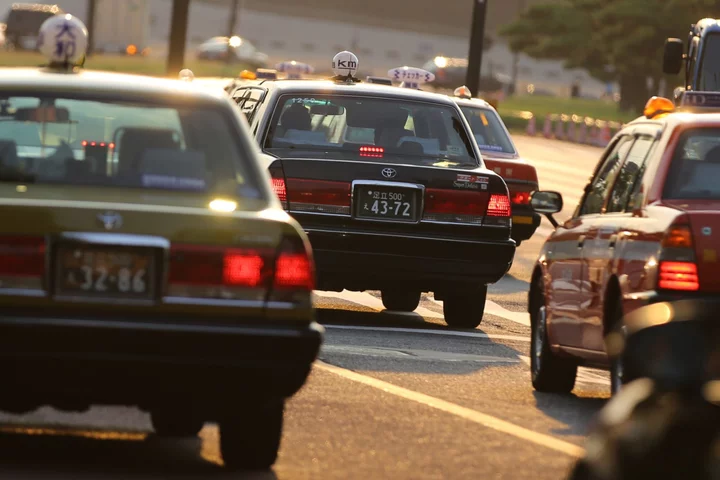
Honda to Start Self-Driving Taxi Service in Tokyo, CEO Says
